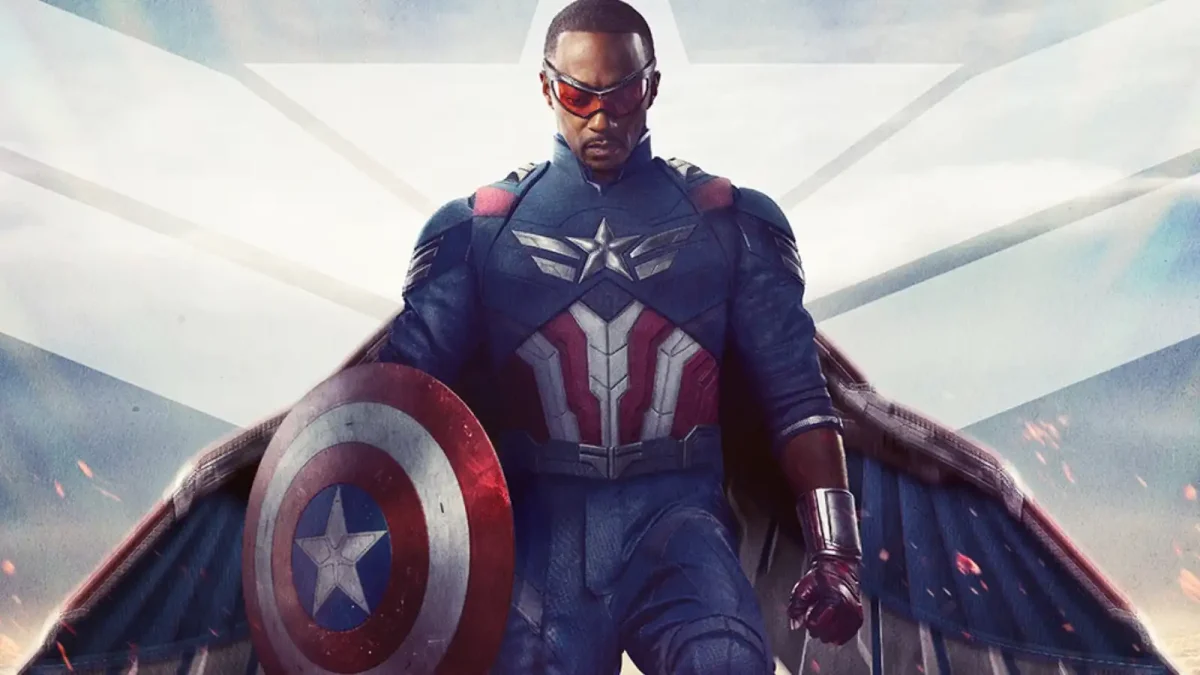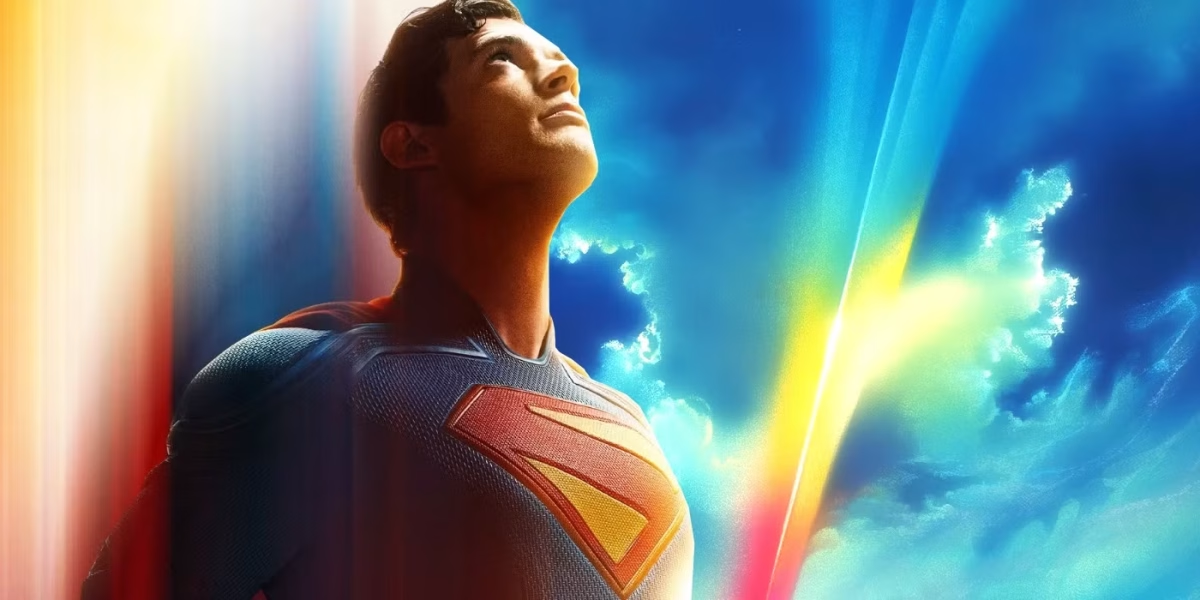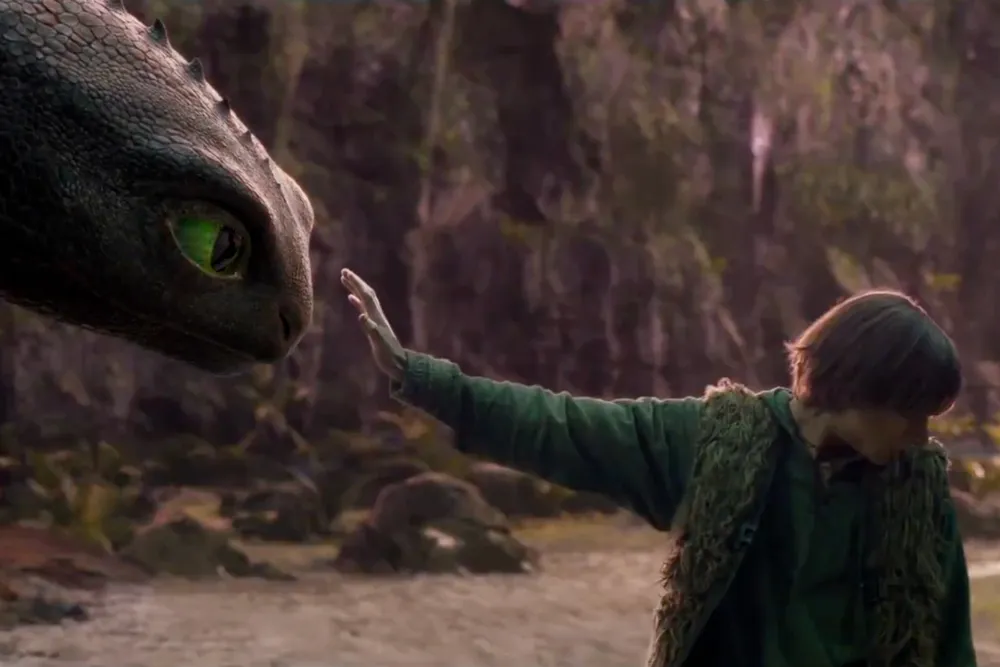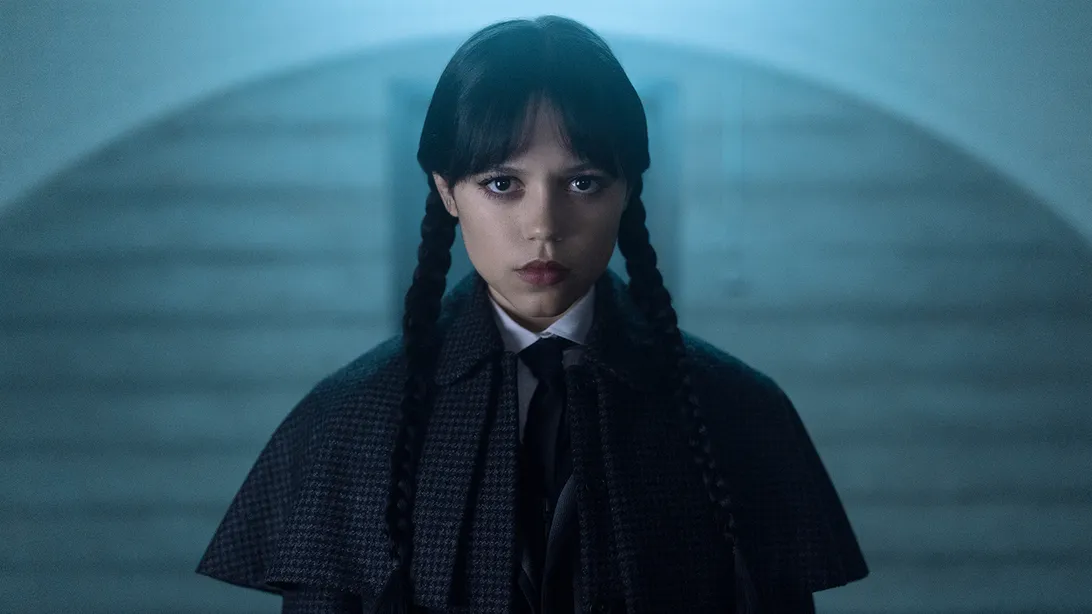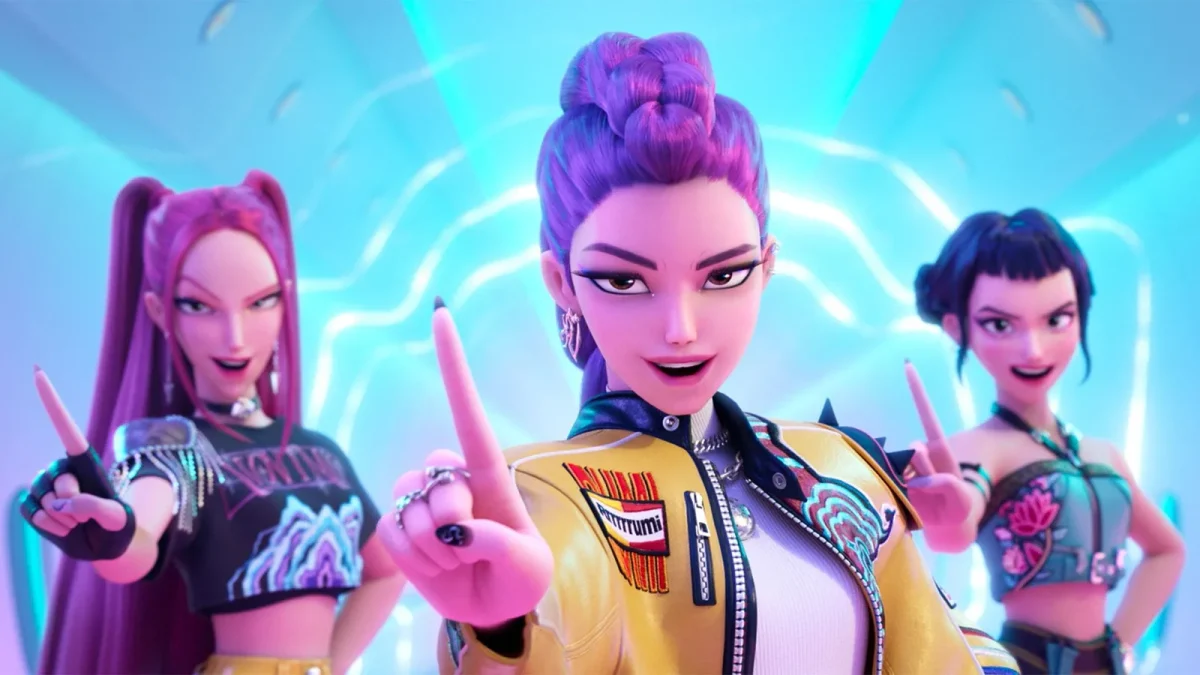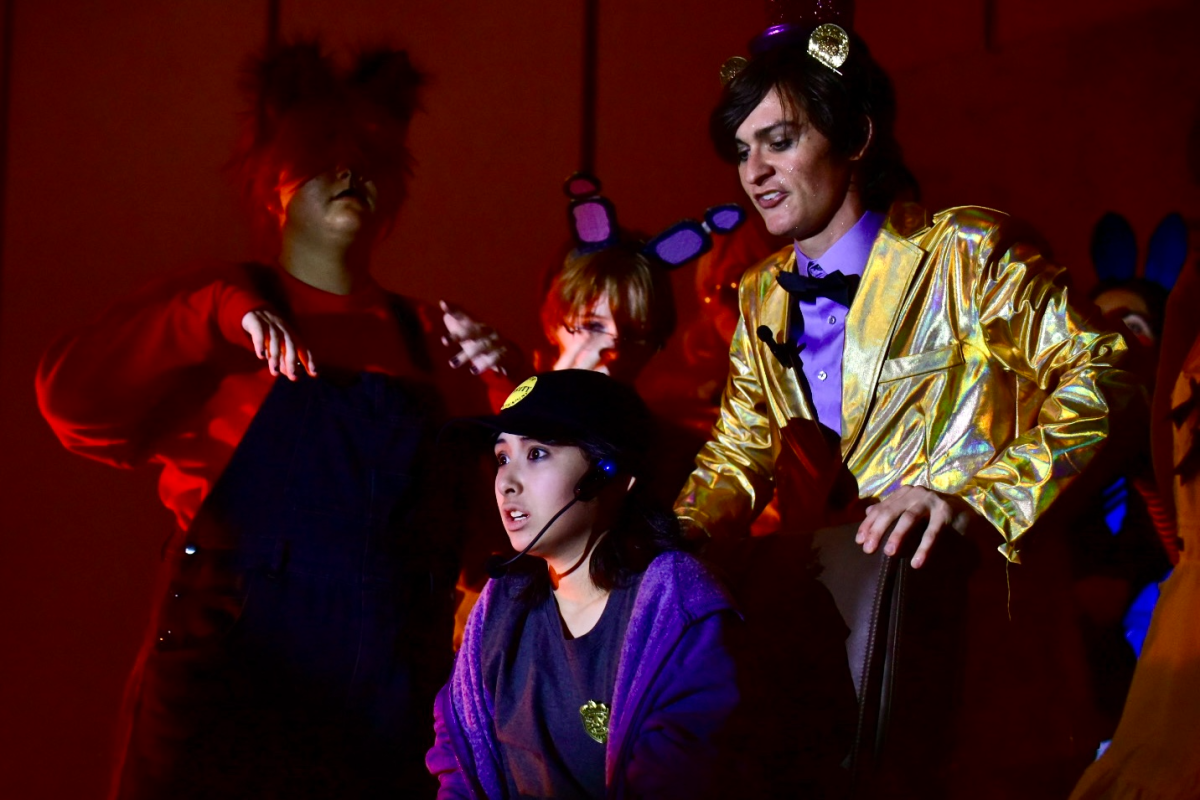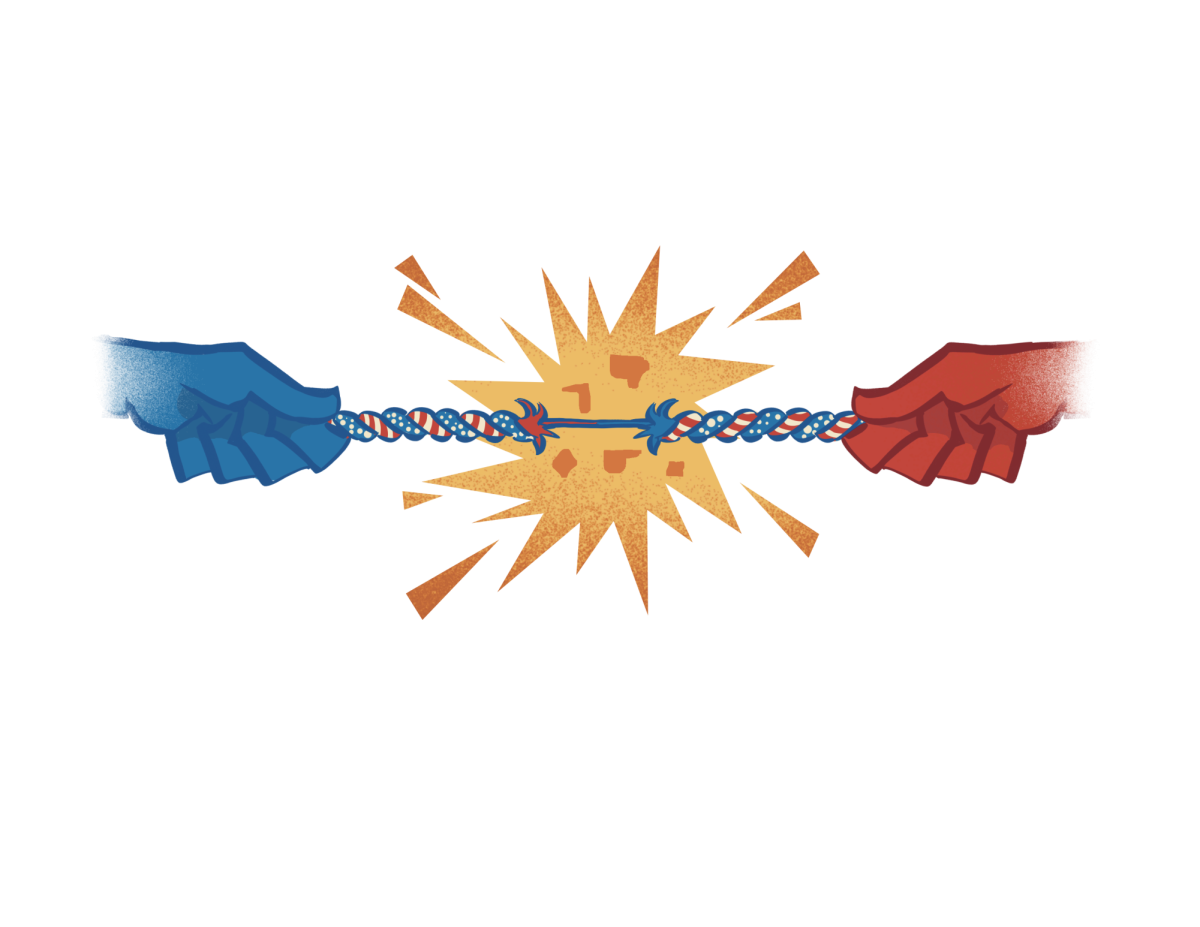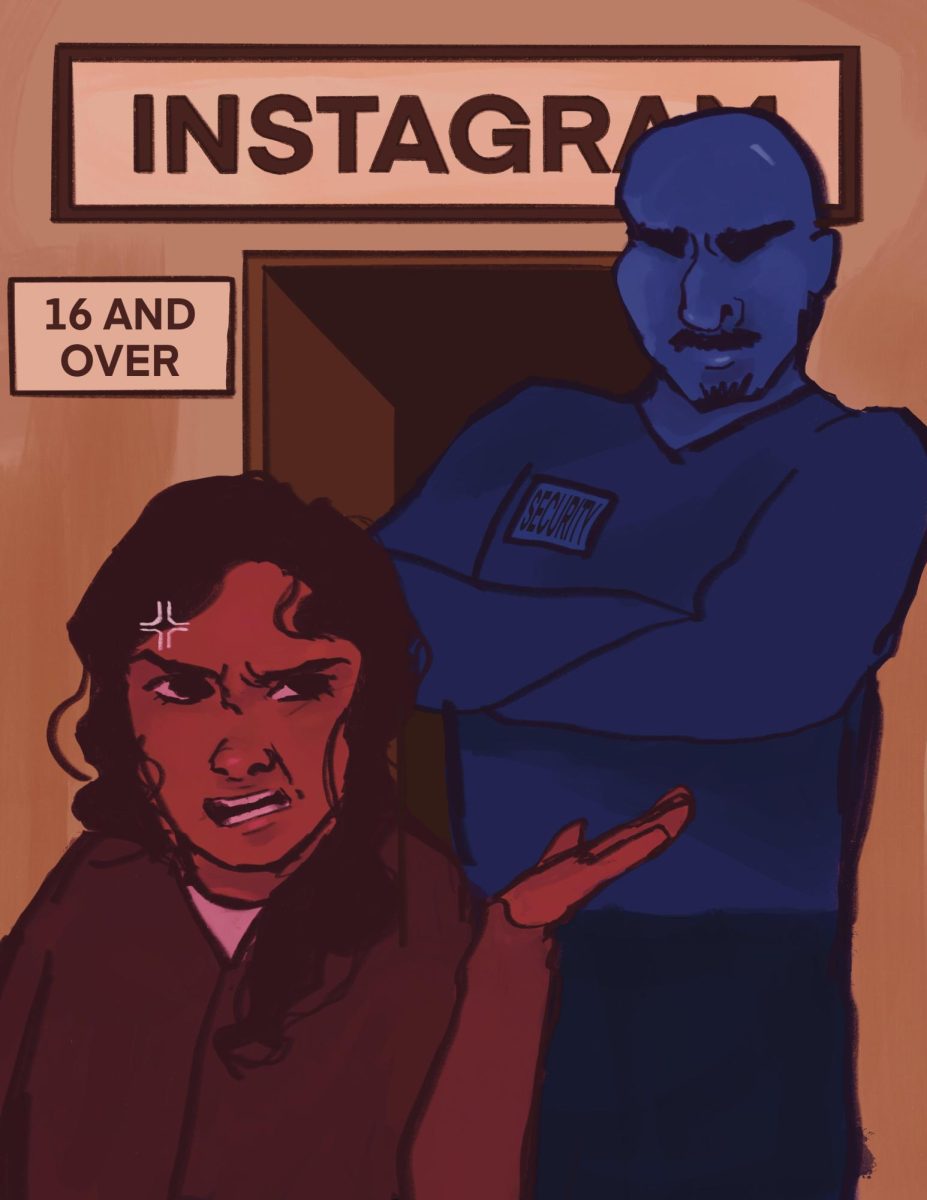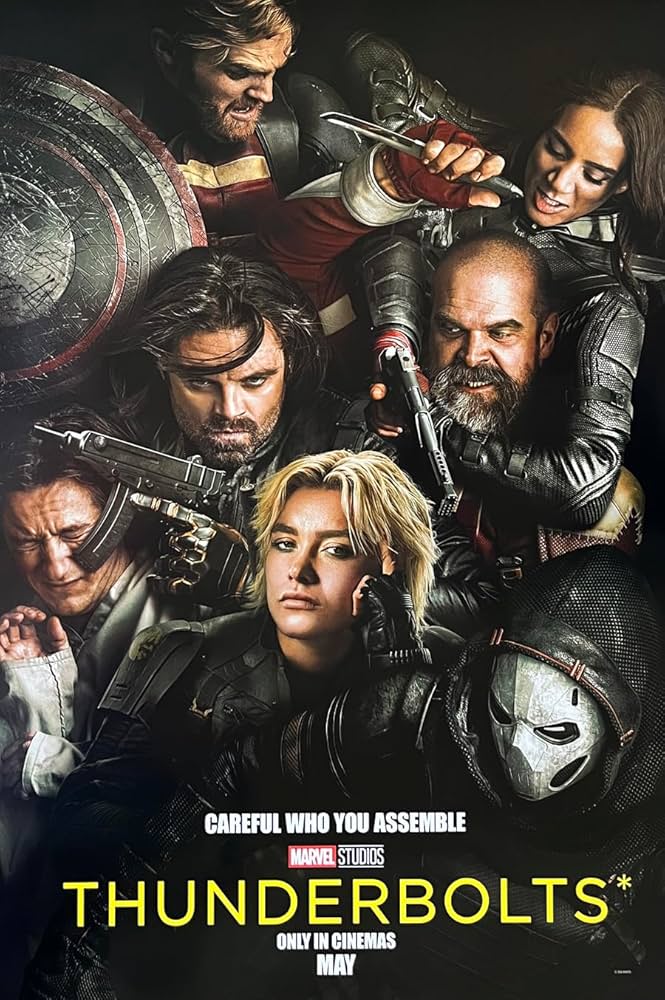‘Candyman’ a bittersweet sequel
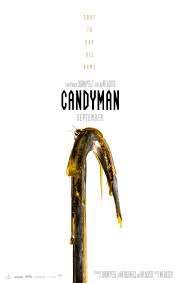
September 14, 2021
The new “Candyman” is a direct sequel to the 1992 original by the same name. Just like the 2018 “Halloween,” it disregards sequels released in the interim. This version follows artist Anthony McCoy’s rediscovery of the Candyman legend, using the history of gentrification in Chicago and unjust killings of African Americans in his community throughout history as inspiration. After research, McCoy awakens the spirit in the form of a new Candyman from the 1970s rather than the 1800s, extending the all-too-familiar backstory of an unjust murder at the hands of racists.
The original is a staple of the horror genre and, because of how many times the release date has been pushed back, expectations are high. The filmmakers do a decent job paying homage to the 1992 version — even including Tony Todd, the original Candyman — but are unable to capture the energy of the original. That is an inevitable problem when portraying such an iconic vehicle, so it is good that they took a slightly different approach, extending the story by creating a new Candyman and pointing out that injustices remain persistent throughout history.
“Candyman” makes for a great theater experience despite a weak story. Jordan Peele, Win Rosenfeld and Nia DaCosta — who all worked on the script at various points — seemed to have different things in mind and their ideas don’t completely mesh. The movie moves slowly until the third act, which feels rushed by comparison because the audience overwhelmed with too many images and too much information in too short a time. Strong performances from those playing the decently written main characters help outweigh some the film’s structural flaws.
While “Candyman” has some technical issues and clunky dialogue, the visuals lift the experience. Cinematographer John Guleserian and director Nia DeCosta amp up the eerie tone with incredible shots, particularly those involving the use of mirrors. A surprising amount of body horror also makes viewers squirm and struggle to not look away, and anyone suffering from trypophobia should avoid watching the film at all costs. The kills are sufficiently scary and well-executed, but some of the characters exist only to be killed off. Little is done to flesh out side characters, undercutting audience reaction to their deaths.
For a movie about Black culture in America that portrays real-world situations, the 1992 “Candyman” should have had more diversity on screen and behind the scenes.“ With that in mind, this version features African-Americans in writing, directing and starring roles, a definite improvement on the the original. Although the 2021 “Candyman” lacks the subtlety of its antecedent, it remains a captivating movie that any fan of the original is sure to enjoy.


![Sophomore Isabelle Gaudry walks through the metal detector, monitored by School Resource Officer Valerie Butler, on Aug. 13. “I think [the students have] been adjusting really well," Butler said. "We've had no issues, no snafus. Everything's been running smoothly, and we've been getting kids to class on time.”](https://westshoreroar.com/wp-content/uploads/2025/08/IMG_9979-1200x800.jpg)





